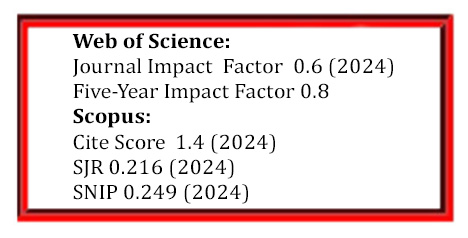Microstructural Evolution and Corrosion Characteristics of Zn-RE-Mg-Al-Mn Cast Alloys
DOI:
https://doi.org/10.5755/j02.ms.42312Keywords:
Zn-based alloys, rare earth elements, Nd, Gd, SEM analysis, immersion test, corrosion resistanceAbstract
In this work, the effects of adding rare earth elements (Nd and Gd) and Mg, Al, and Mn on the microstructure and corrosion characteristics of Zn-based cast alloys were comprehensively studied. Eight different alloy samples were synthesized and analyzed by scanning electron microscopy (SEM), energy-dispersive X-ray spectroscopy (EDX), potentiodynamic polarization (Tafel) experiments, and immersion corrosion tests. Microstructural analysis revealed the presence of dendritic α-Zn phases in the Zn matrix and Nd-rich and Gd-rich intermetallic phases, whose morphology varied depending on the kind and quantity of the additives. The Tafel test values of corrosion potential (Ecorr) and current density (Icorr), and the immersion test-derived values of annual corrosion rates (mm/year), were well correlated with the degree of microstructural degradation. Sample Zn + 5 Mg + 0.1 Al + 0.01 Mn + 0.5 Nd + 2.0 Gd, which had the highest corrosion resistance with a higher percentage of Nd and more homogeneous in structure, followed by Sample Zn + 5 Mg + 0.1 Al + 0.01 Mn + 0.1 Nd with the poorest performance. Post-immersion SEM micrographs substantiated the corrosion and electrochemical as well as immersion results, and reiterated that the distribution of intermetallic phases, grain size, and homogeneity of alloying elements are the major parameters governing the corrosion behavior.
Downloads
Published
Issue
Section
License
The copyrights for articles in this journal are retained by the author(s), with first publication rights granted to the journal. By virtue of their appearance in this open-access journal, articles are free to use with proper attribution in educational and other non-commercial settings.



